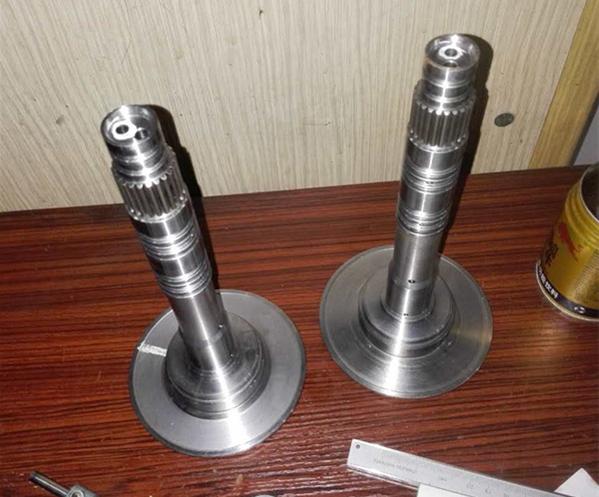Product Description
8620 corresponds to the national standard 20CrNiMo
SAE certification
The American Society of Automotive Engineers (SAE), founded in 1905, is the world's largest academic organization of automotive engineering. The research objects are cars, trucks and engineering vehicles, airplanes, engines, materials and manufacturing. The standards formulated by SAE are authoritative, widely used by the automotive industry and other industries, and quite a few are adopted as US national standards.
The SAE motor vehicle standard is a technical standard for the locomotive industry. American Society of Automotive Engineers (SAE) certification: sets standards for automotive parts (SAE certification) sold on the market. These parts are not sold in bulk as a supplier.
SAE8620 corresponds to the national standard 20CrNiMo. This steel is suitable for processing gears, and has better hardenability.
American standard 8620 is an alloy structural steel.
Alloy structural steel is generally divided into quenched and tempered structural steel and case hardened structural steel.
① Quenched and tempered structural steel: The carbon content of this type of steel is generally about 0.25% to 0.55%. For structural parts with a given cross-sectional size, when quenched and tempered during quenching and tempering, the mechanical The performance is good, if the hardened and free ferrite appears in the microstructure, the toughness will decrease. For steels with a tendency to temper brittleness, such as manganese steel, chromium steel, nickel-chromium steel, etc., they should be cooled quickly after tempering. The quenching critical diameter of this type of steel increases with the increase in grain size and alloy element content. For example, 40Cr and 35SiMn steels are about 30 to 40mm, while 40CrNiMo and 30CrNi2MoV steels are about 60 to 100mm. Structural components such as shafts and connecting rods with large loads.
② Surface-hardened structural steel: used to make hard and wear-resistant parts on the surface and flexible core parts, such as gears and shafts. In order to make the core toughness of the part high, the carbon content in the steel should be low, generally 0.12 to 0.25%, and there should be a proper amount of alloying elements to ensure proper hardenability. Nitrided steel also needs to add alloying elements (such as Al, Cr, Mo, etc.) that are easy to form nitrides. After carburizing or carbonitriding steel, after carburizing or carbonitriding at 850 ~ 950 ℃, it is quenched and used under low temperature tempering (about 200 ℃). Nitrided steel is subjected to nitriding treatment (480 ~ 580 ℃) and used directly without quenching and tempering treatment.
| Payment Terms: | TT |
| Embed HTML Code: |
|
| |
Product Image

Img 1

Img 2

Img 3

Img 4

Img 5
Send Inquiry to this Member
Related Products of this Company
This member assumes full responsibility for the content of this listing. DIYTrade accepts no responsibility whatsoever in respect of such content.
To report fraudulent or illegal content, please
click here.
China Suppliers Quick Searching:
,











